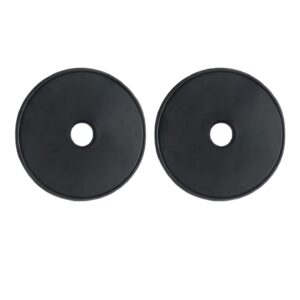Top 10 choose rfid tagged.
According to Stratistics MRC, the Global RFID Tags market accounted for $4.91 billion in 2017 and is expected to reach $18.2 billion by 2026 growing at a CAGR of 15.7% during the forecast period.
Radio-frequency identification (RFID) technology has completely across several sectors owing to the fact that they prevent theft of certain materials, track shipments in real-time, and implement advanced technology at a low cost. It is a type of wireless communication technology that uses radio waves to track and identify objects, with reduced costs, increased asset traceability and visibility, and improved reliability.
Radio-frequency identification (RFID) uses electromagnetic fields to automatically identify and track tags attached to objects. The tags contain electronically stored information. Passive tags collect energy from a nearby RFID reader’s interrogating radio waves. Active tags have a local power source such as a battery and may operate at hundreds of meters from the RFID reader.
The RFID tag can be affixed to an object and used to track and manage inventory, assets, people, etc. For example, it can be affixed to cars, computer equipment, books, mobile phones, etc.
There are 10 factors to choosing an RFID tag for a Radio Frequency Identification (RFID) system.
- RFID-tagged working frequency
- LF (125K-134.2K)
- HF (56MHz)
- UHF FCC(902~928MHz)
- UHF ETSI(865~868MHz)
- RFID-tagged storage requirements
- Less than 512bit
- 512bit~1kByte
- 1kB~2kB
- 2kB+
- RFID-tagged safety performance
- No
- Small
- Medium
- The safer and the better
- The end-user reading distance
- 0 to 1 inch
- 1 to 3 inches
- 1 to 3 feet
- 3 to 10 feet
- More than 10 feet

- RFID tagged maximum read distance
- 0 to 3 inches
- 1 to 3 feet
- The maximum and minimum size of RFID tags, as well as ideal sizes
- Max, length, width, height?
- Minimum length x width x height?
- Ideal size?
- RFID tags follow standards
- ISO7816 (LF)
- ISO 15693(HF)
- ISO 14443A(HF)
- ISO18000-6B
- EPC Class I Gen II (UHF)
- ISO18000-6D
- Others
- RFID tagged working environment
- Autoclave
- Xenon rays
- Electron beam
- Other extreme temperatures
- Other extreme pressures
- Install material and fixed
- Mounted on plastic, metal, liquid, or wood, etc.
- Fixed with common adhesives, epoxy resins, rivets or screws, etc.
- Budget
- valuate all costs associated with the project and calculate the ROI of the entire system
- Fixed costs: equipment such as readers, antennas, etc.
- Recurring costs: RFID inlay, software license renewal, etc.
RFID EPC tags provide a more accurate and efficient way to read product serial numbers and data. RFID have become an essential method of tracking not only shipping products but also components in manufacturing assembly.









